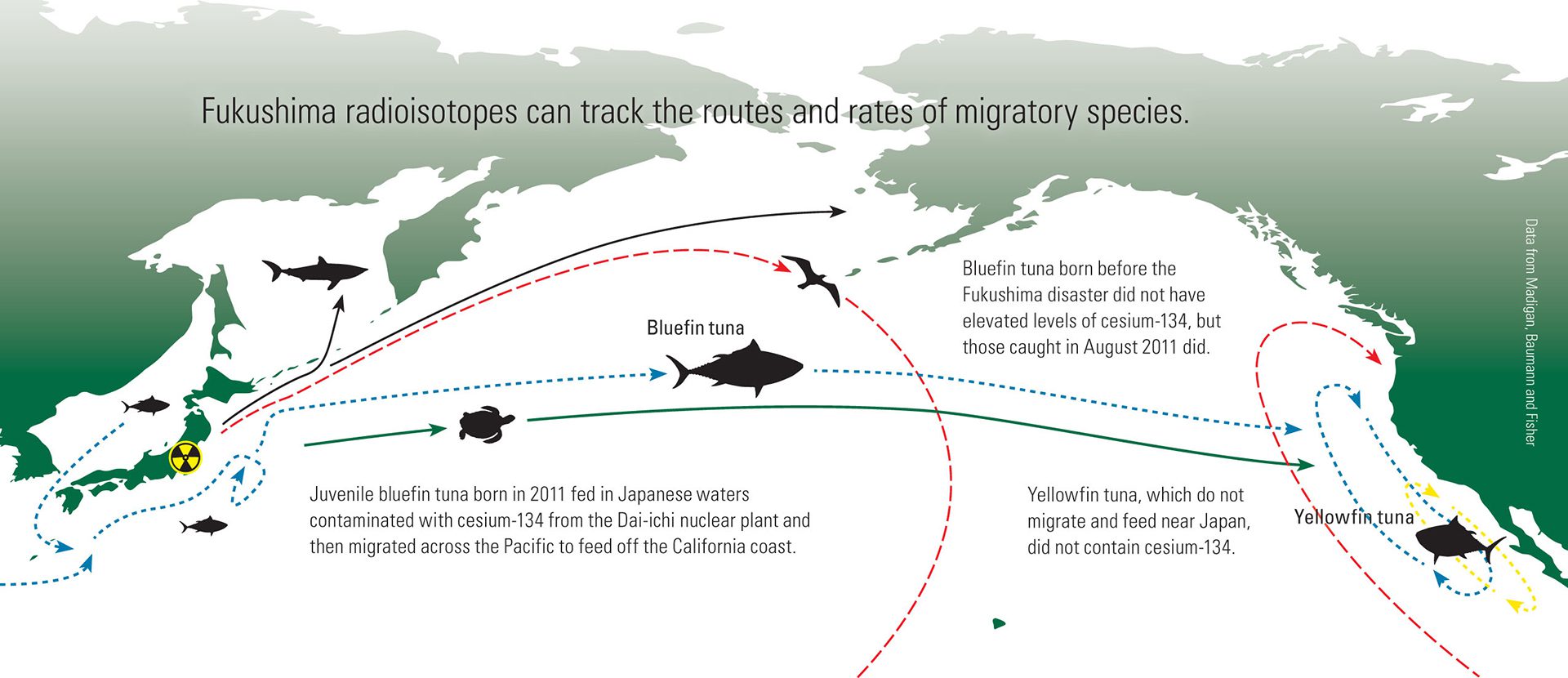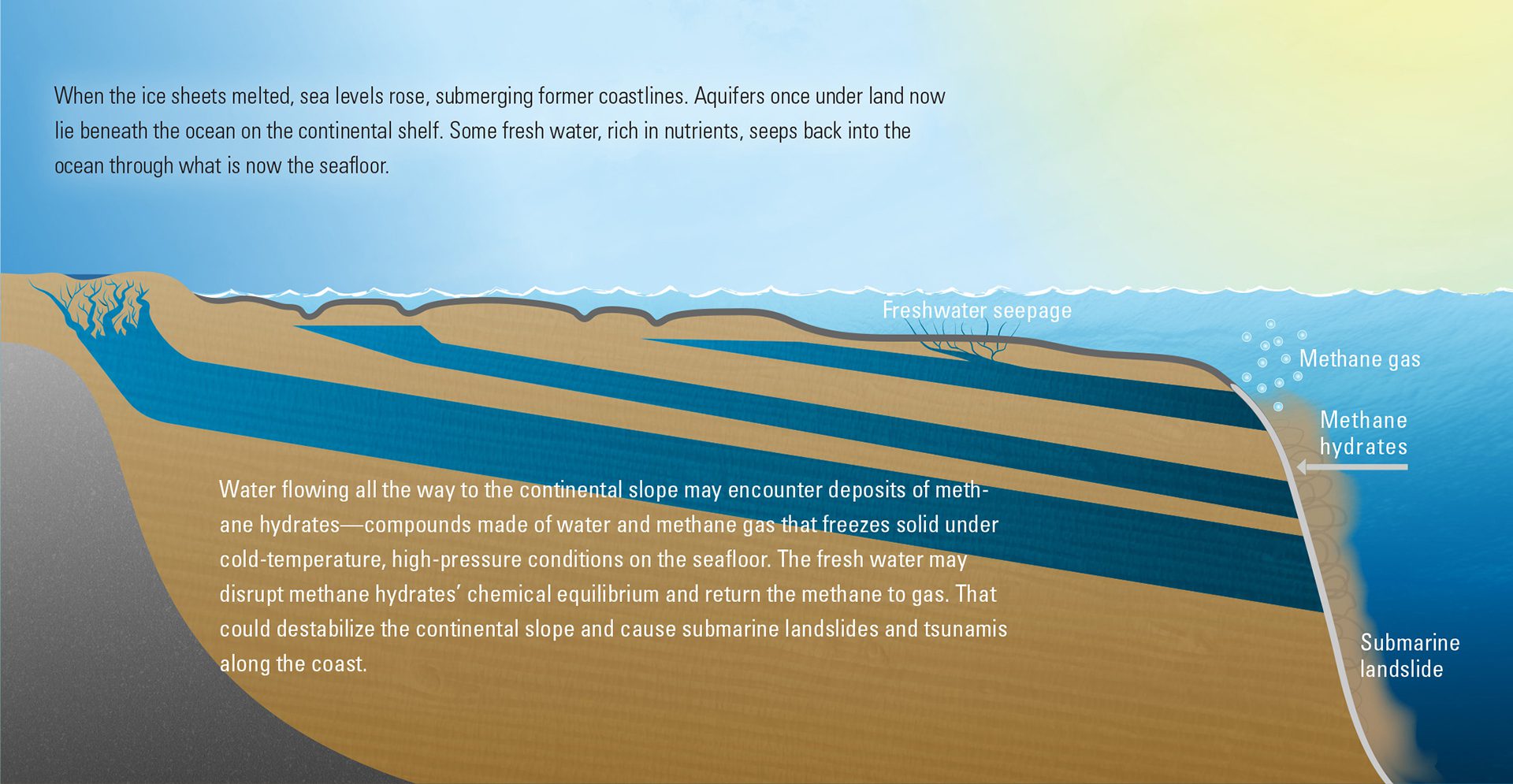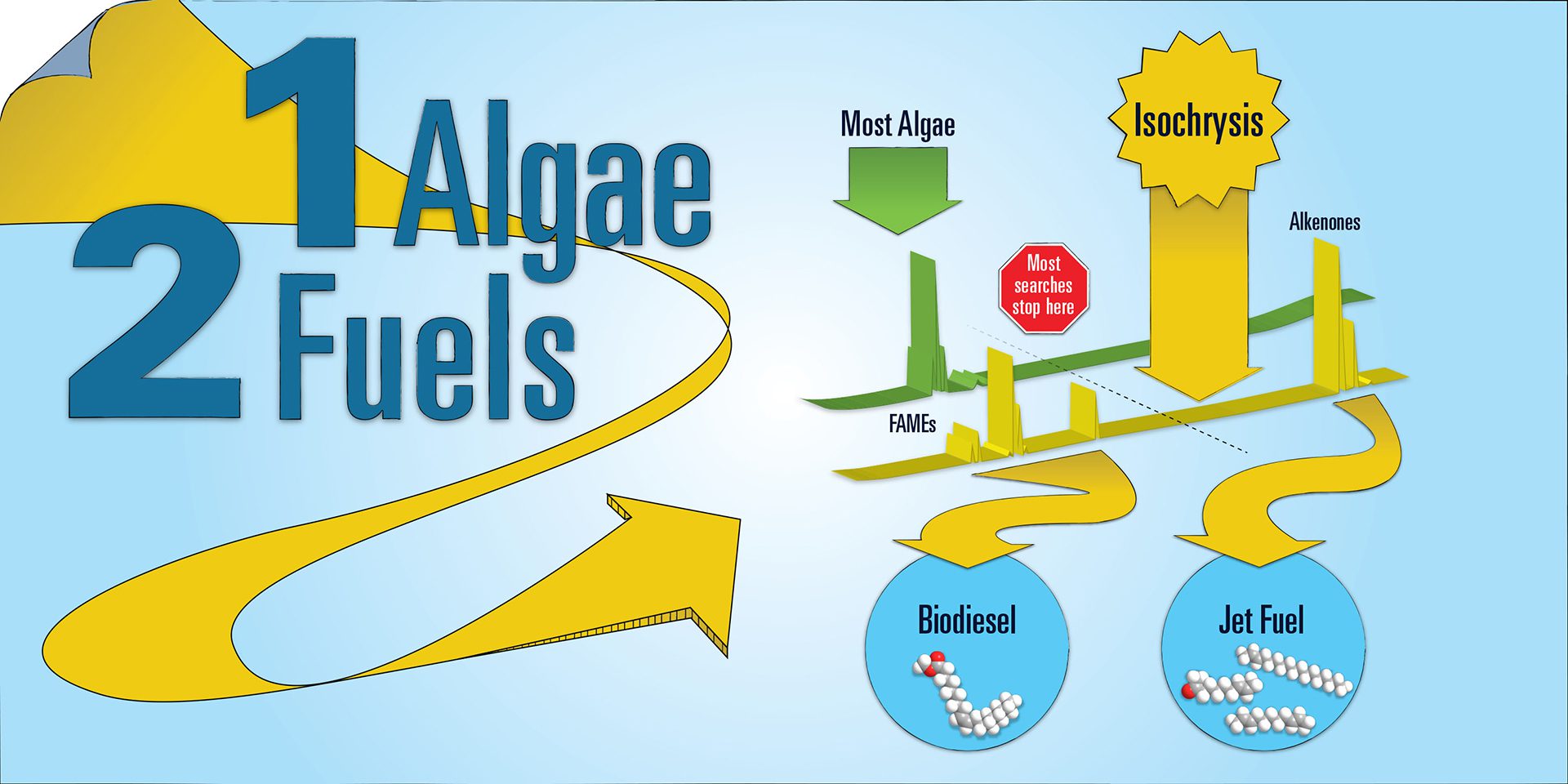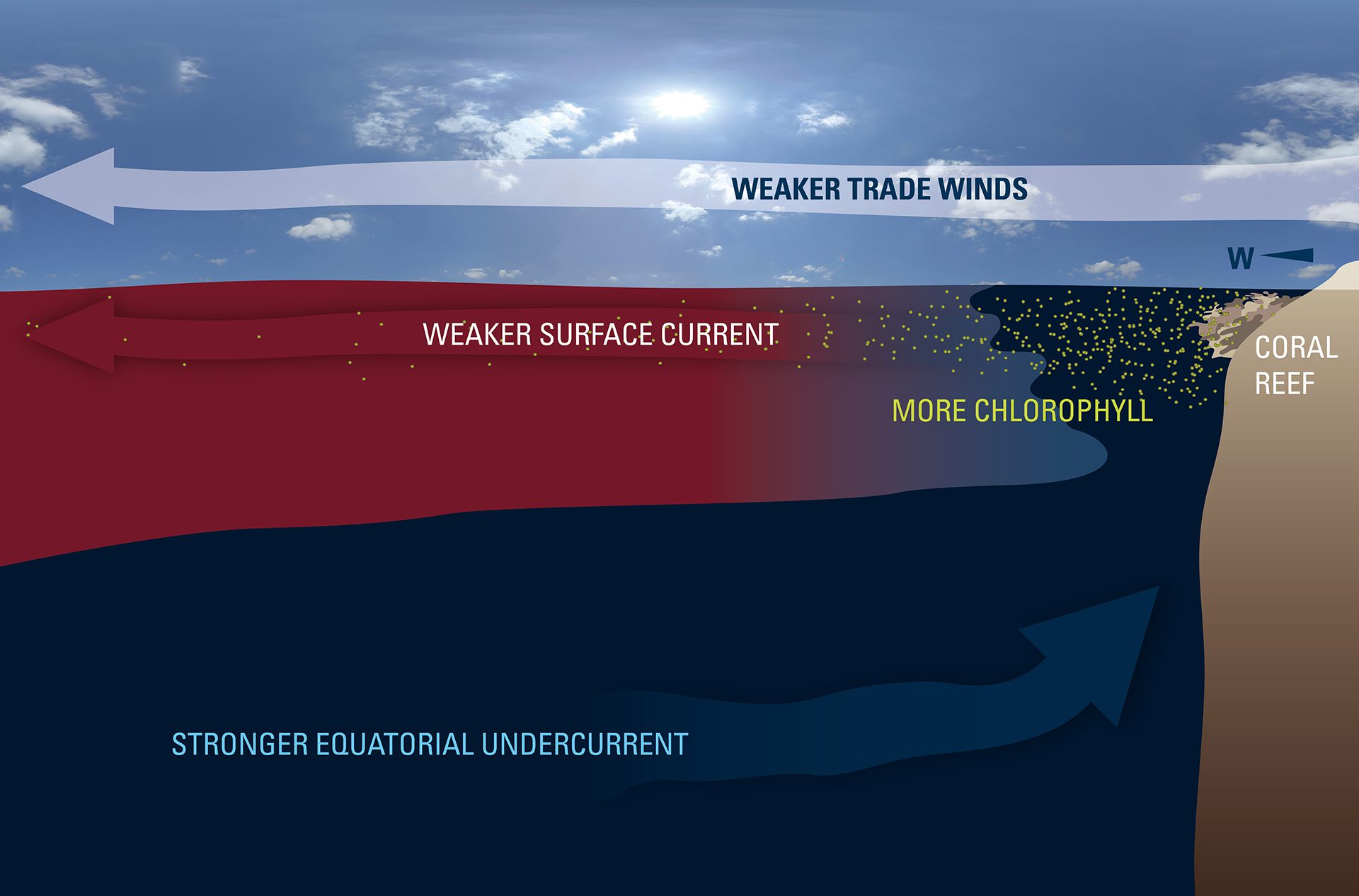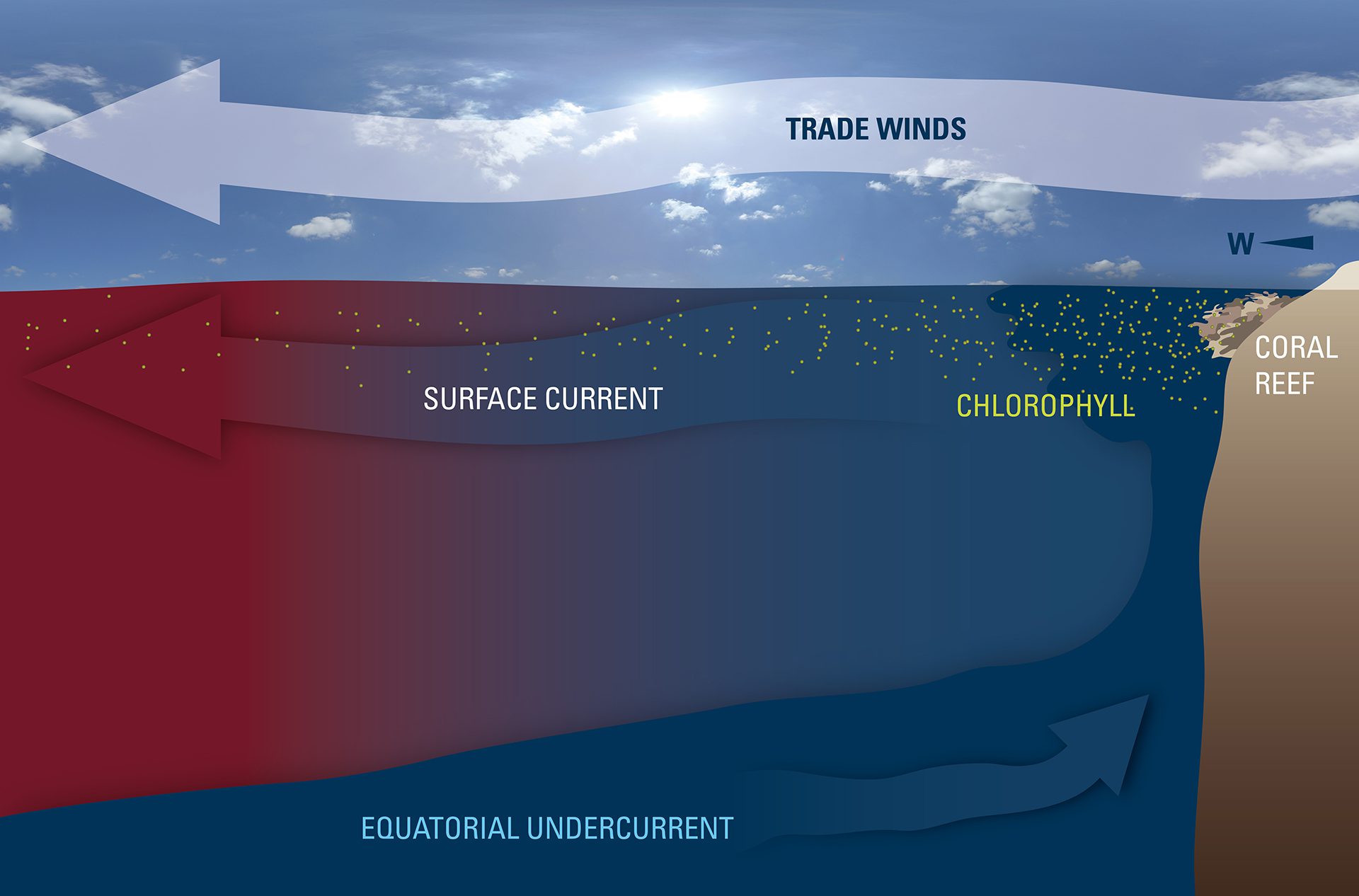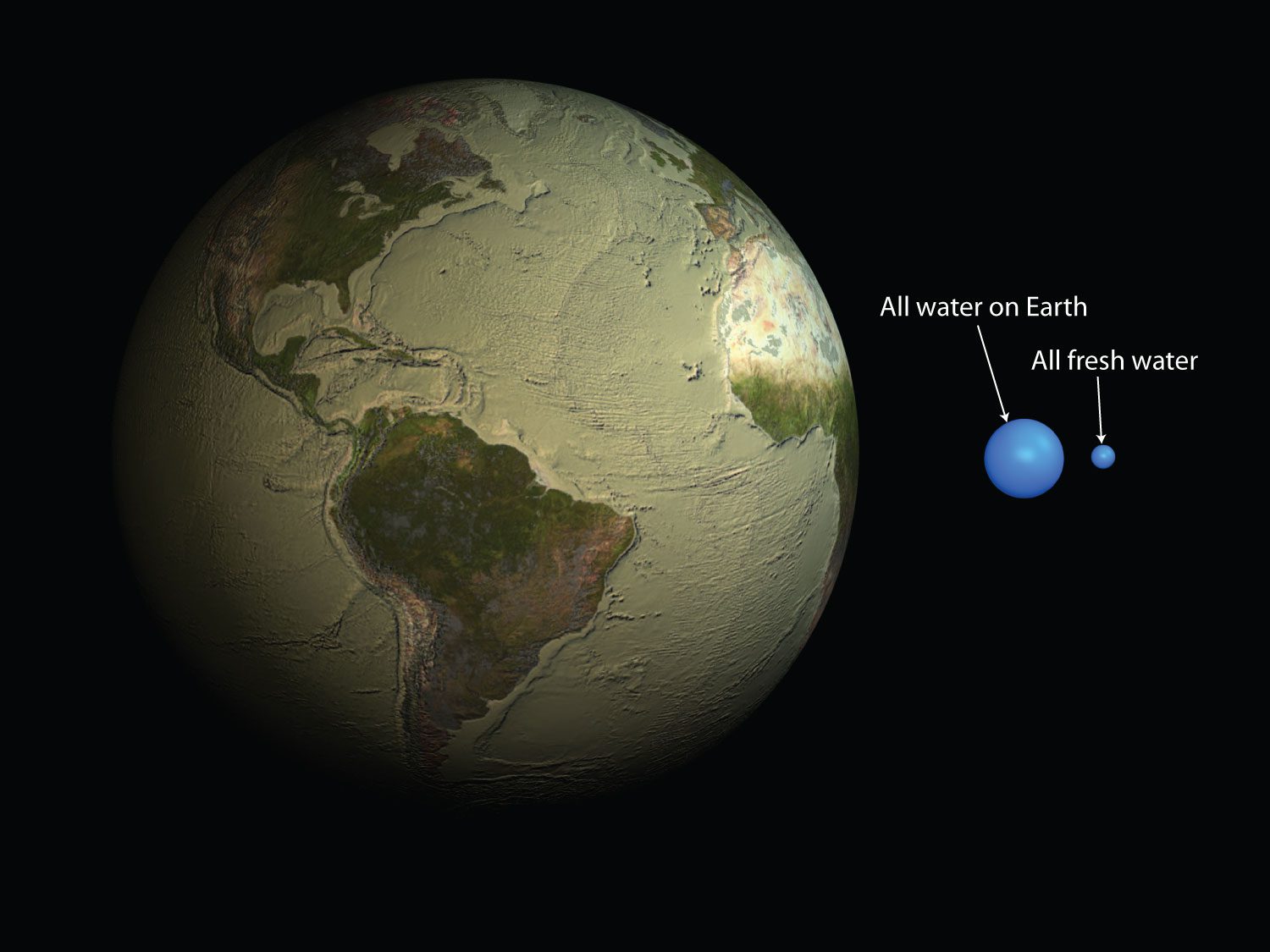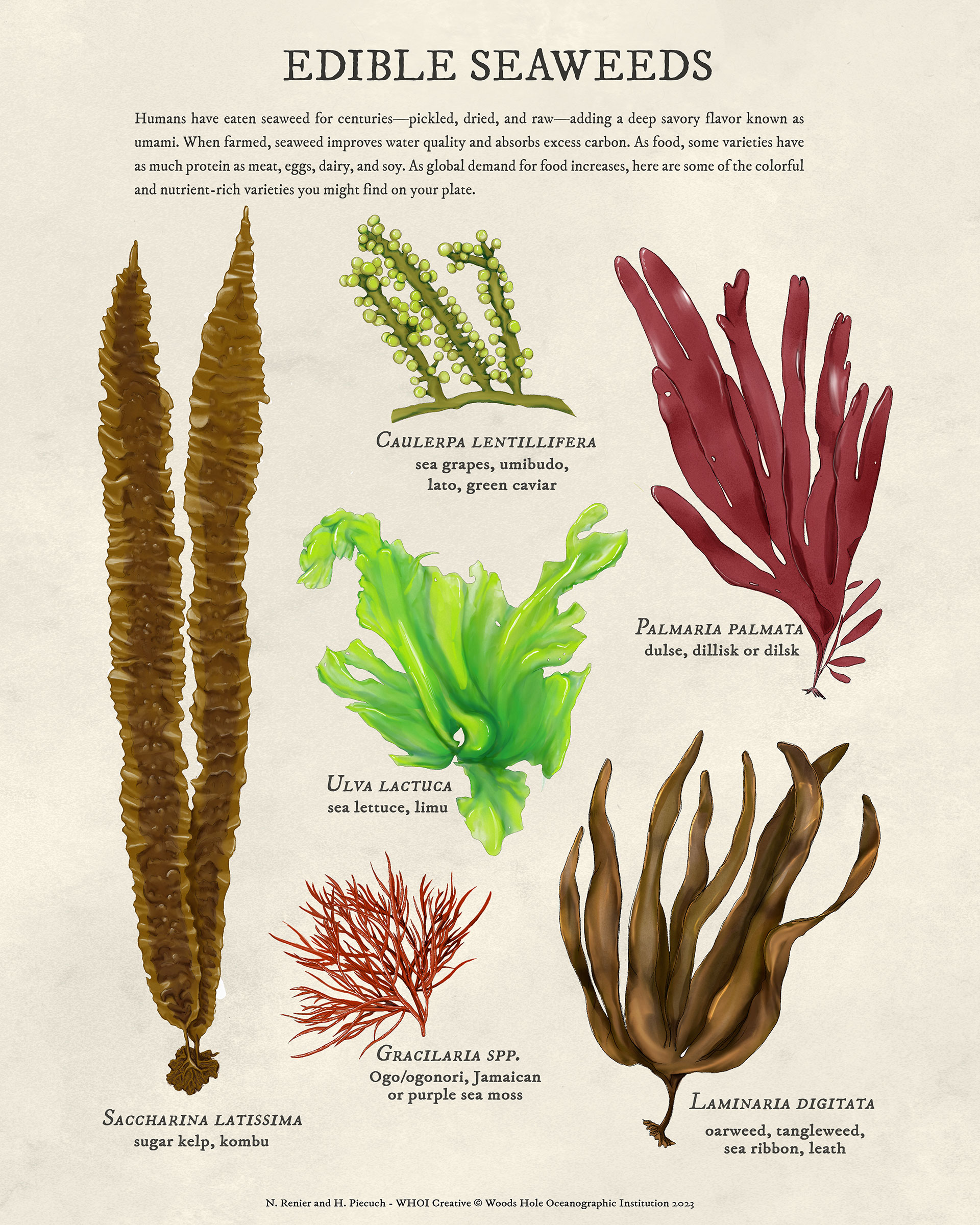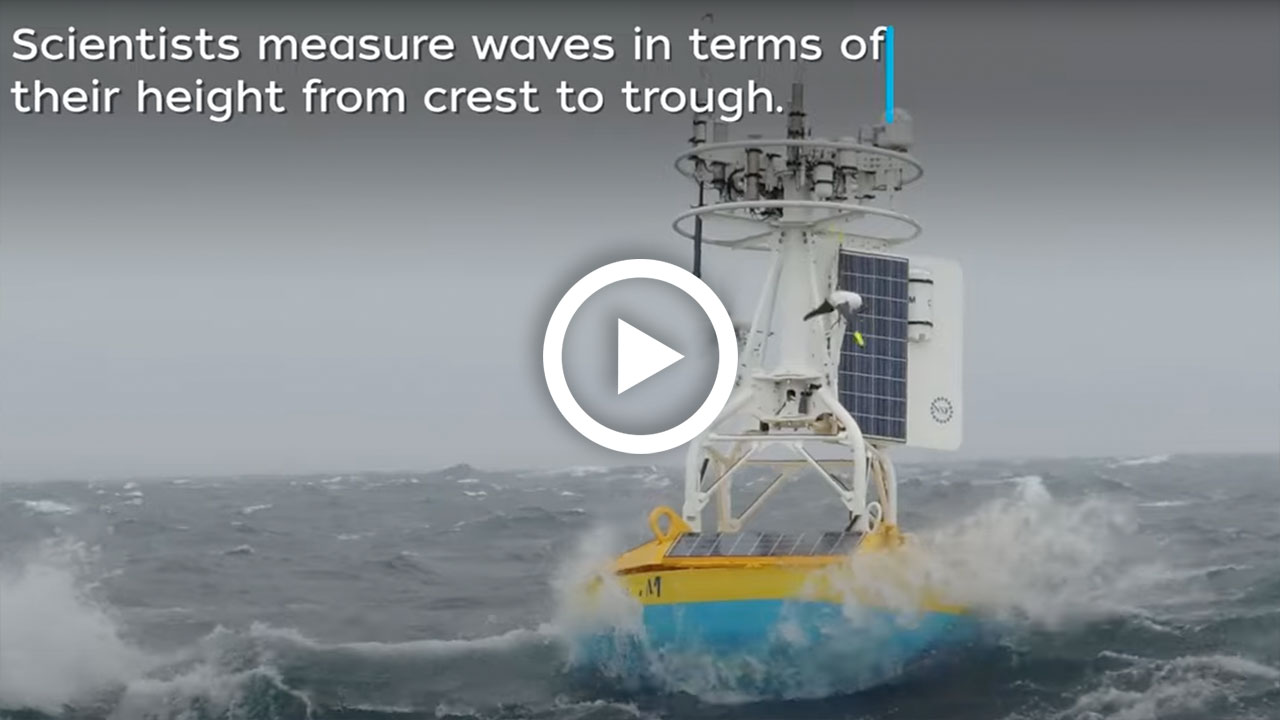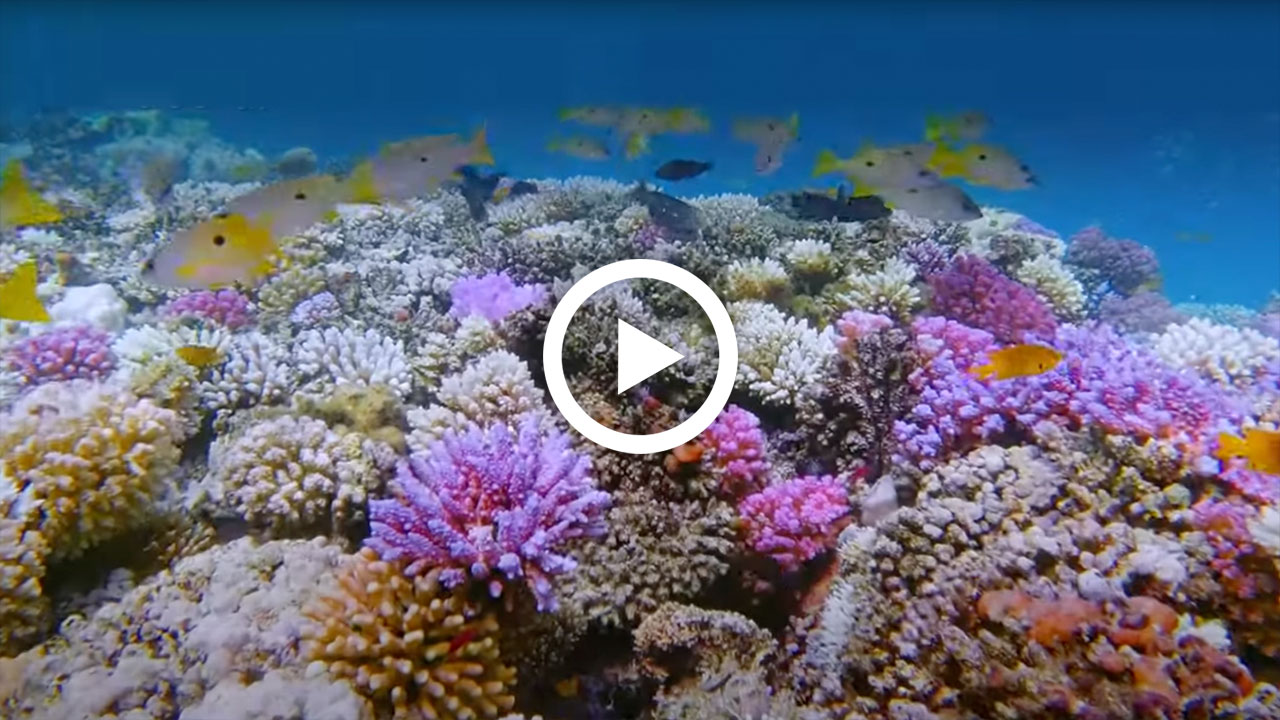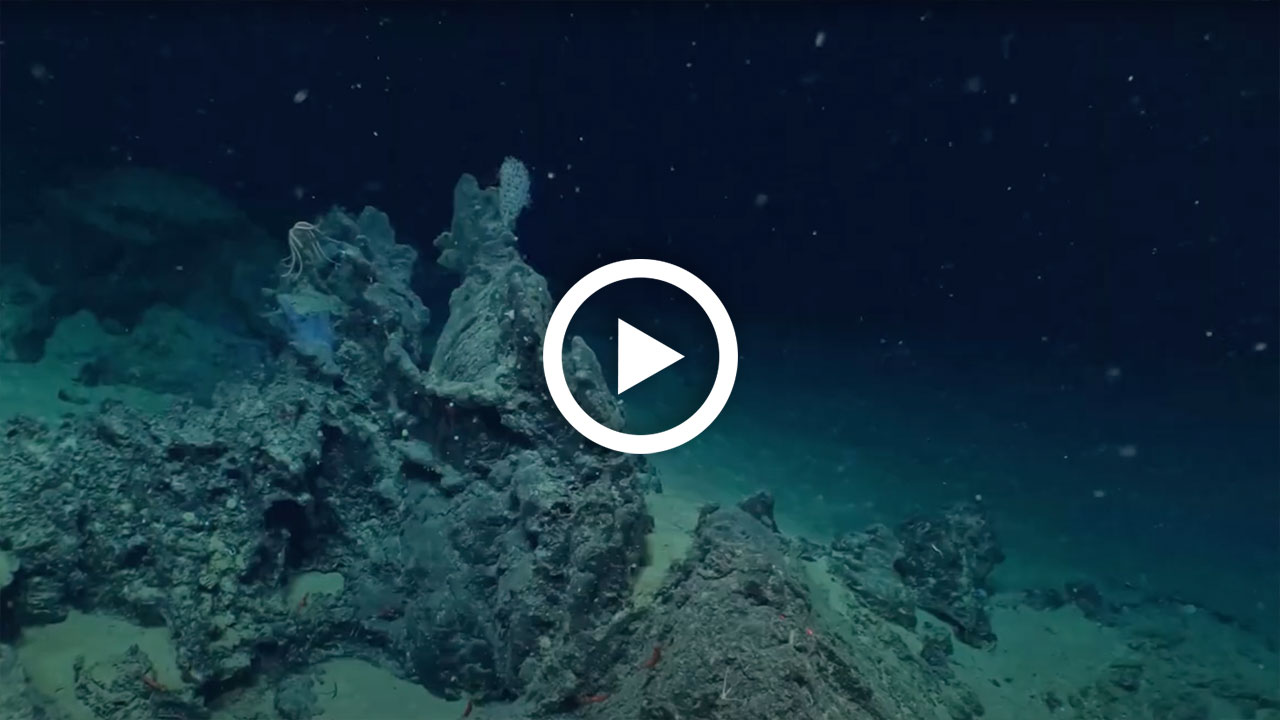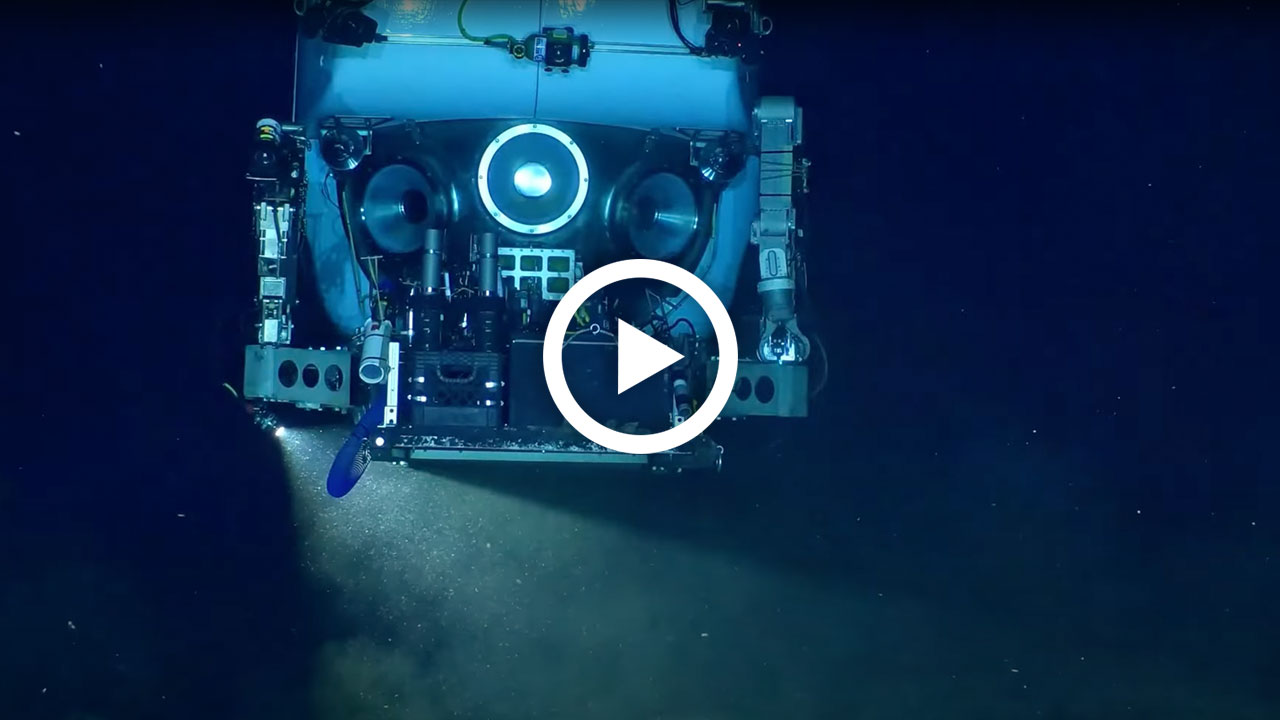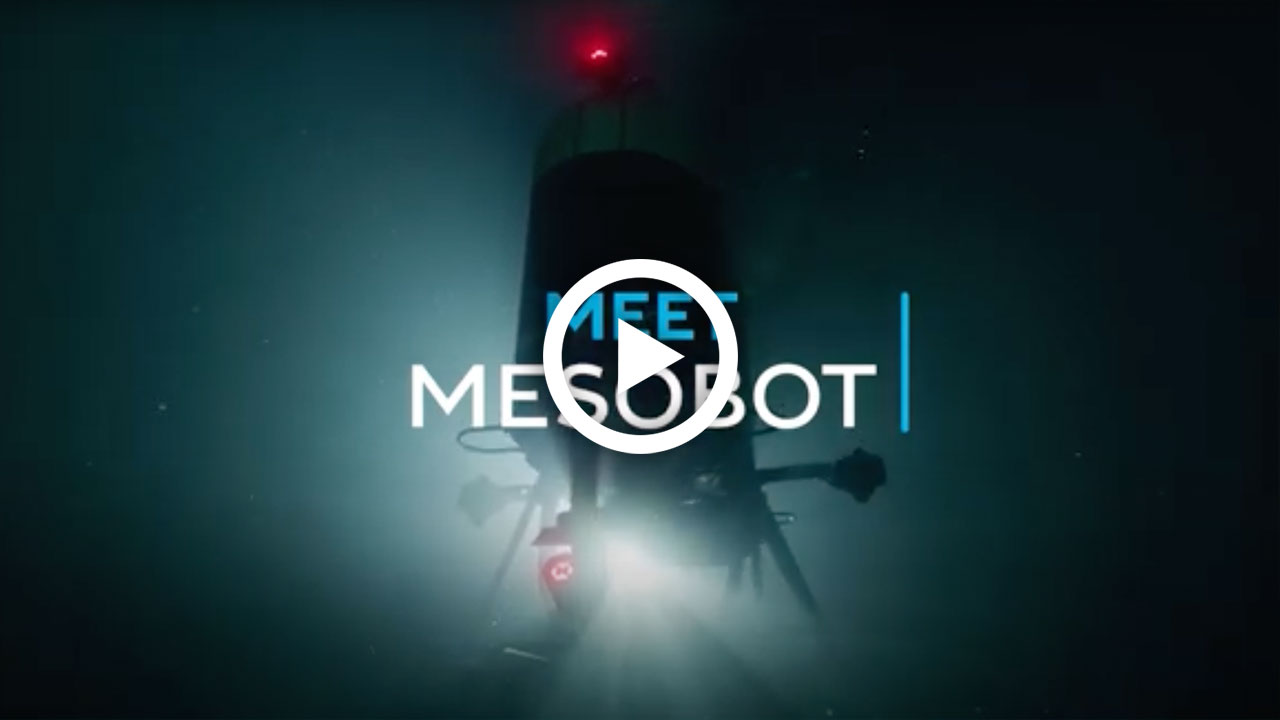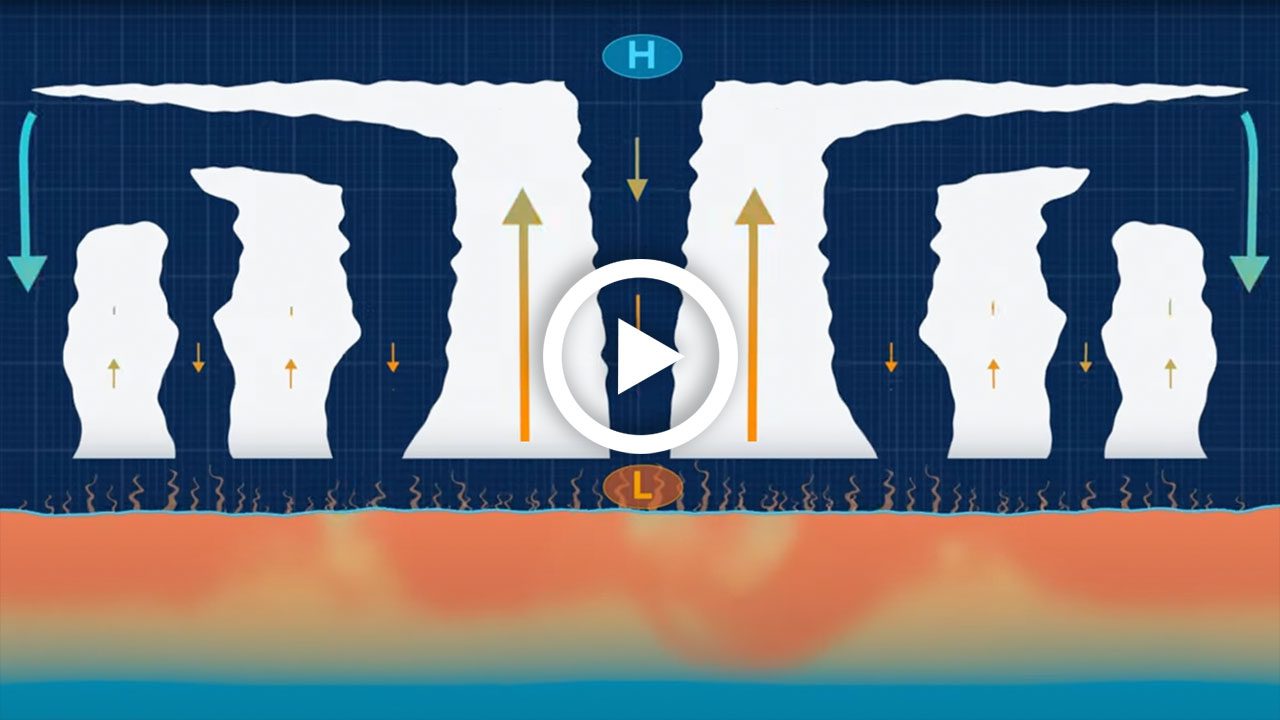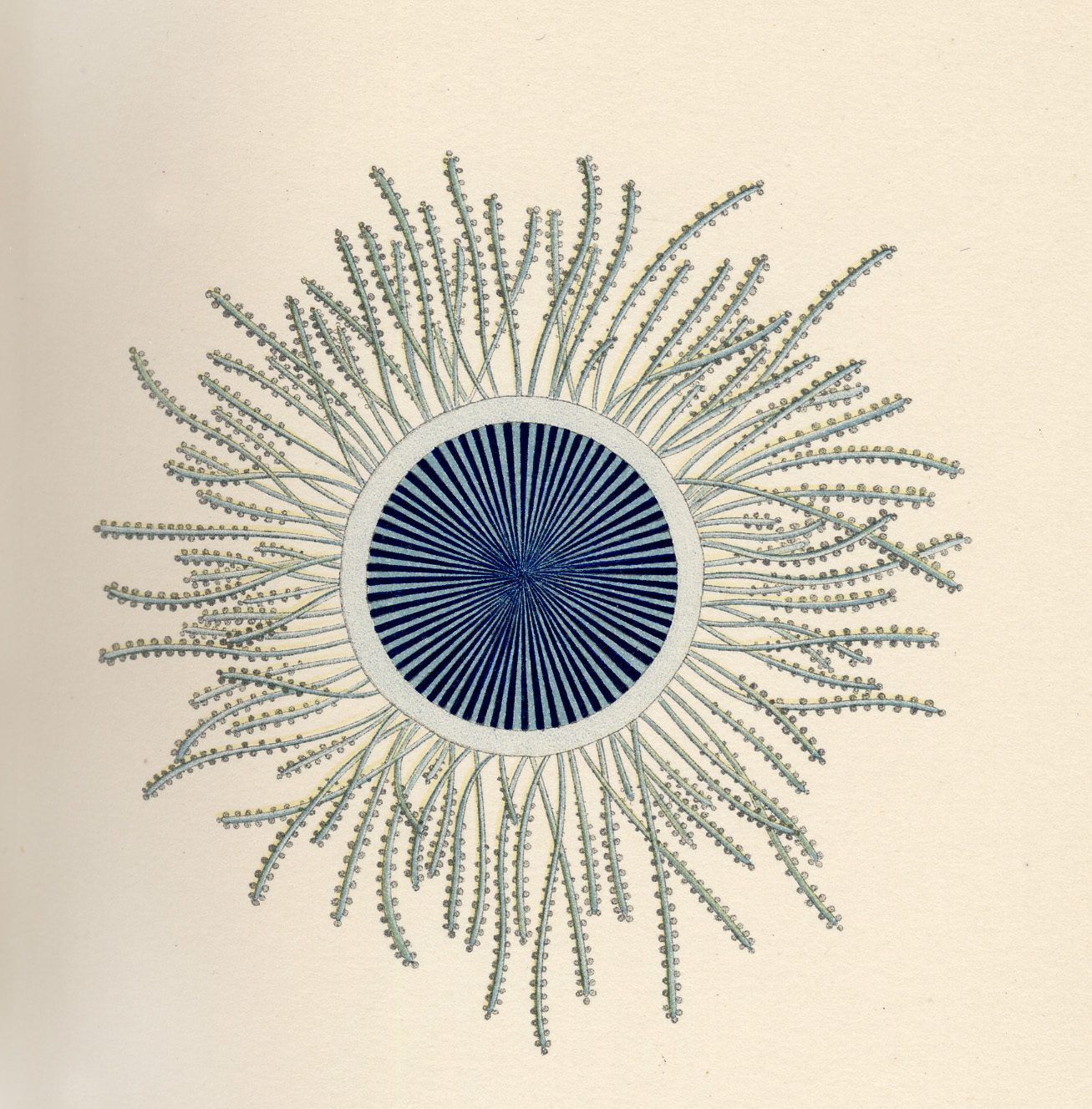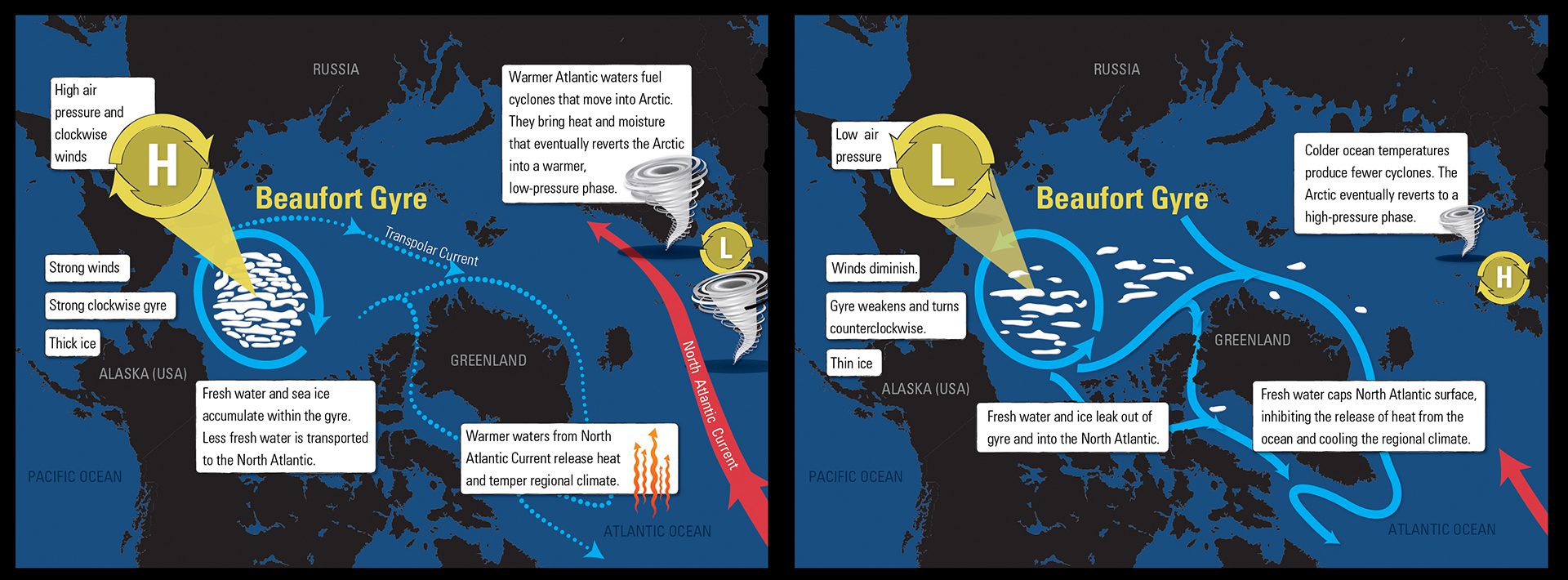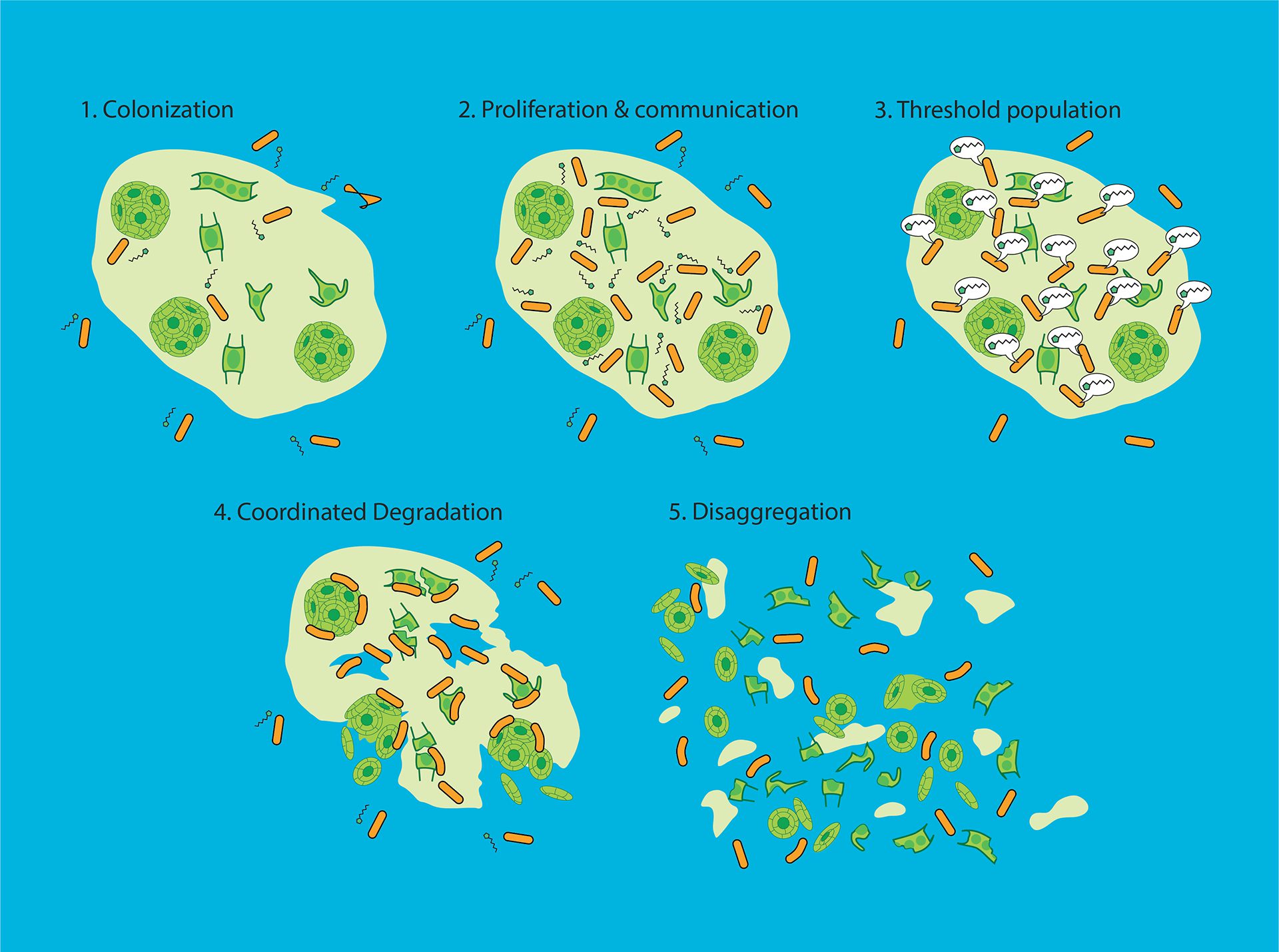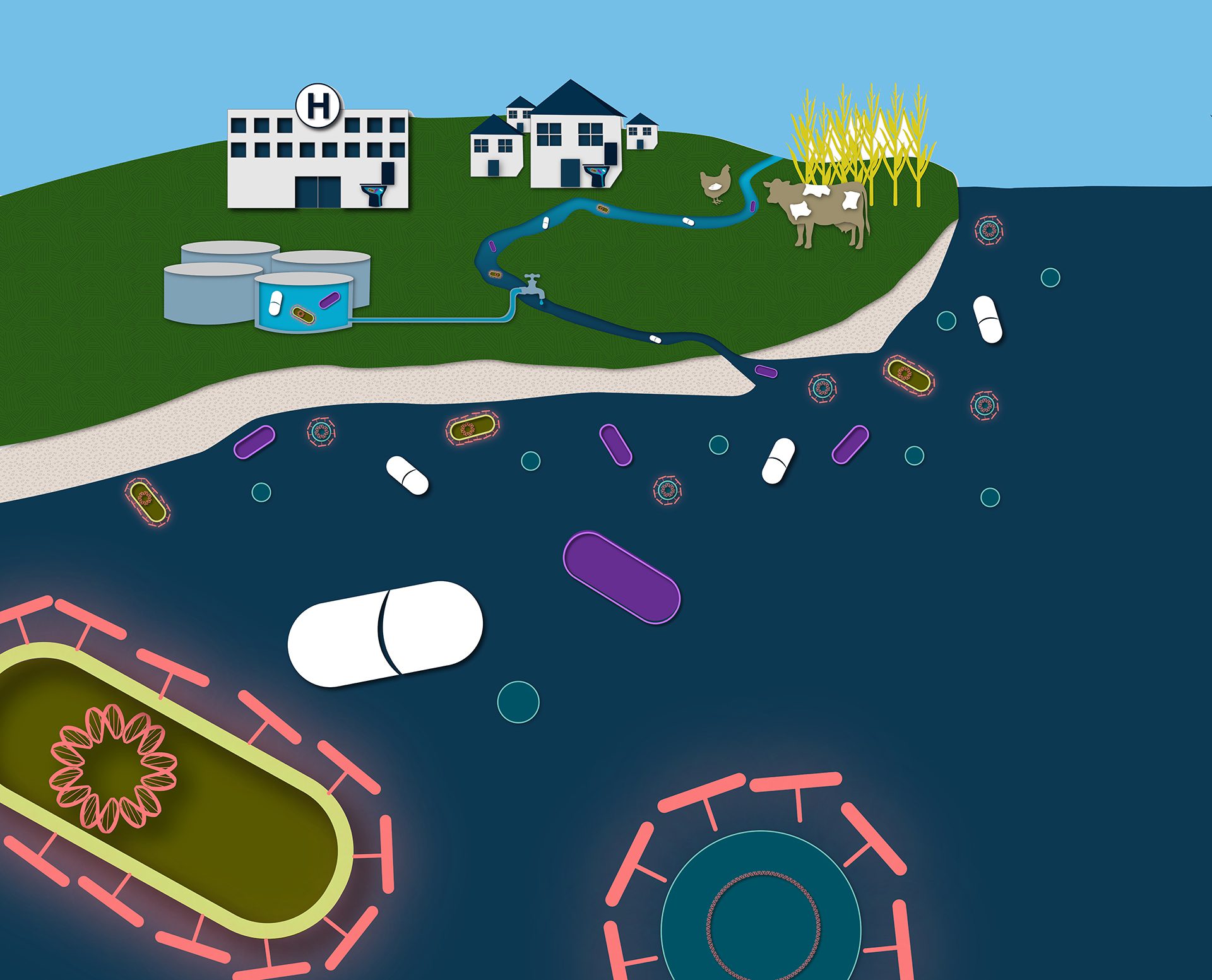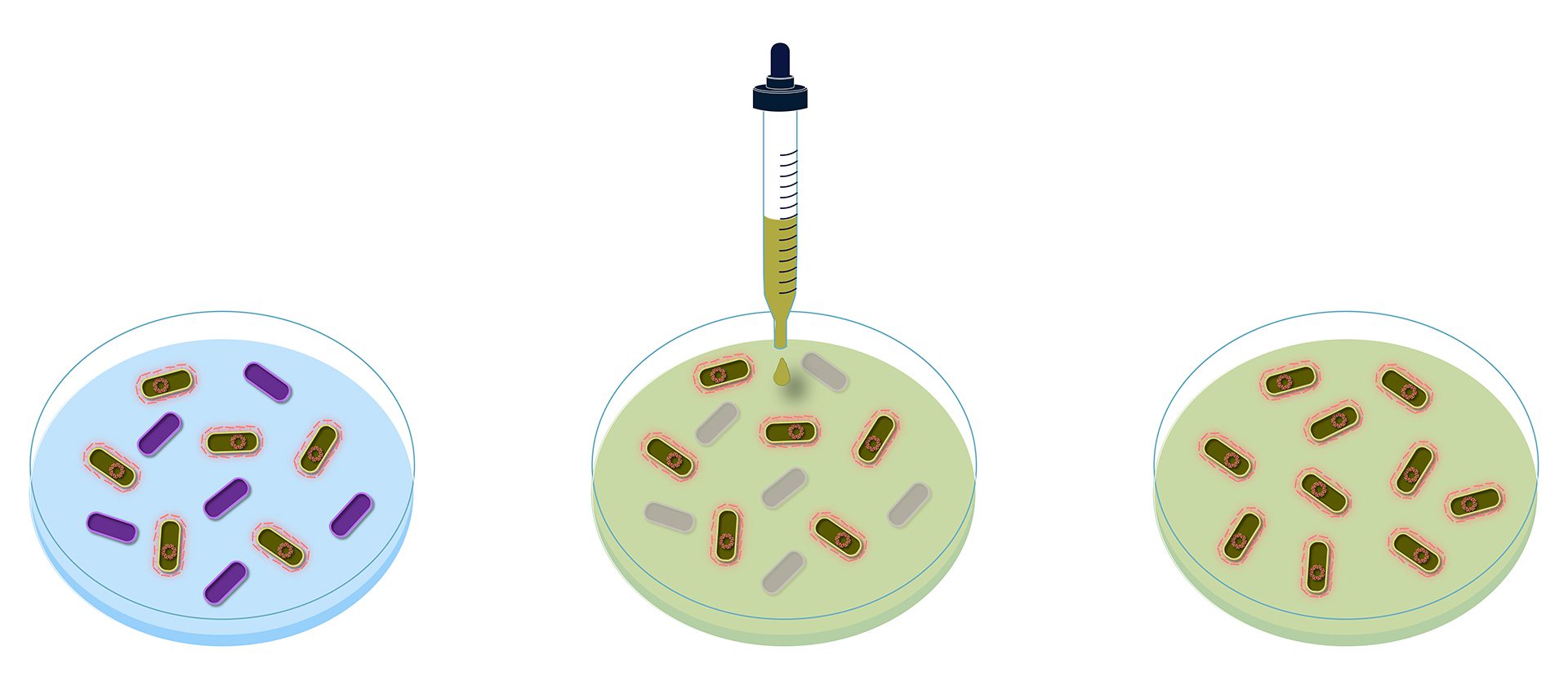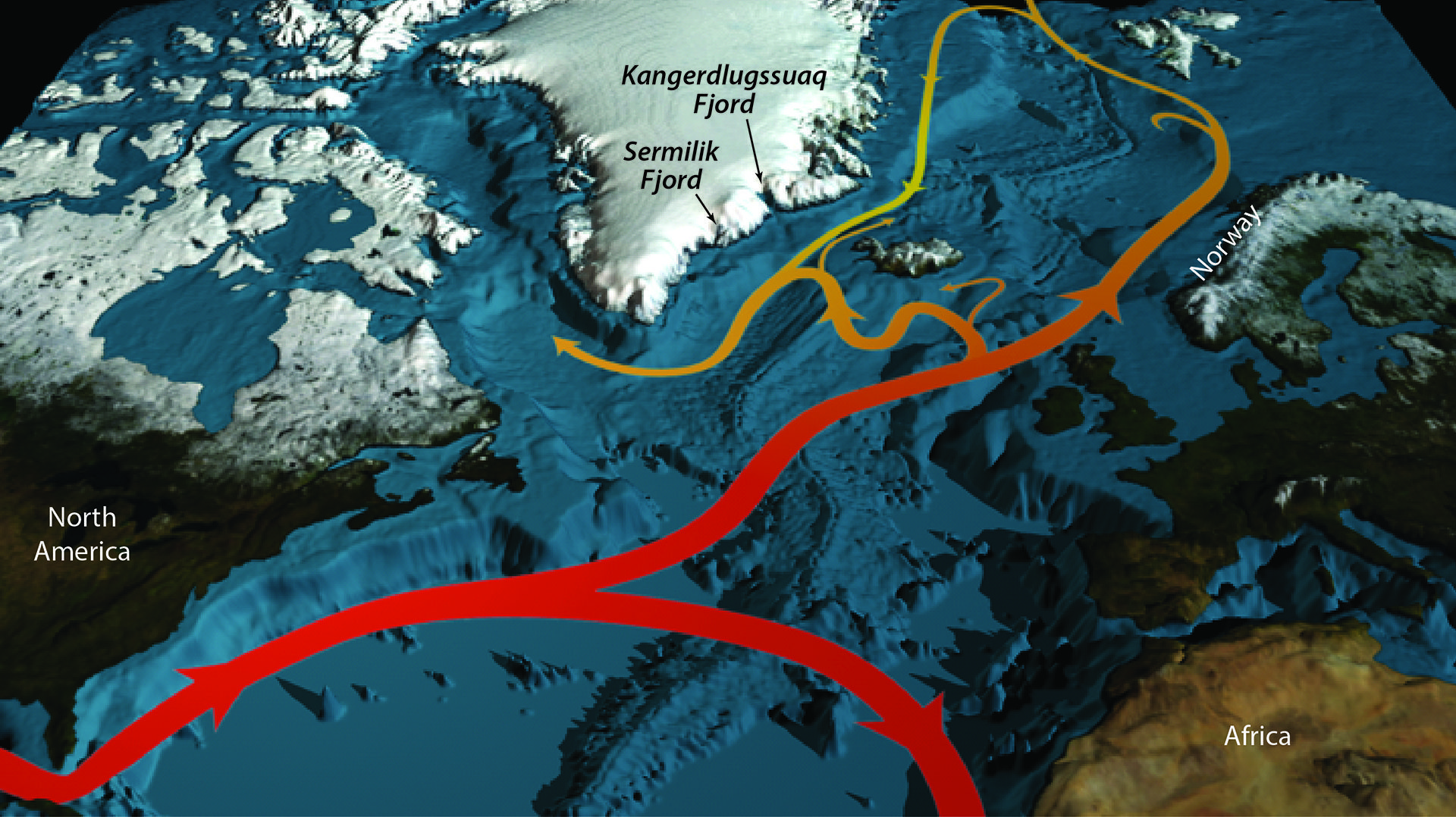Multimedia Items
radioisotopes tracking tuna migration
Infographic showing radioisotopes tracking tuna migration. (Illustration by Eric S. Taylor, © Woods Hole Oceanographic Institution)
Read MoreHow subterranean water seeps into the continental slope
How subterranean water seeps into the continental slope. (Illustration by Eric S. Taylor, © Woods Hole Oceanographic Institution)
Read MoreHow subterranean water seeps into the continental shelf and into the ocean
How subterranean water seeps into the continental shelf and into the ocean. (Illustration by Eric S. Taylor, © Woods Hole Oceanographic Institution)
Read MoreIsochrysis algae to biofuel and jet fuel
A common algae commercially grown to make fish food holds promise as a source for both biodiesel and jet fuel. Researchers Greg ONeil of Western Washington University and Chris Reddy, […]
Read MoreFAMEs and Alkenones algae biofuel
FAMEs and Alkenones algae biofuel illustration. (Illustration by Eric S. Taylor, © Woods Hole Oceanographic Institution)
Read MoreIllustration representing the Equatorial Undercurrent
The scientists model revealed a potential change in how the EUC would operate in a warmer world: As temperatures rise and equatorial trade winds weaken, the Pacific surface current would […]
Read MoreThe Equatorial Undercurrent
At the equator, trade winds push a surface current from east to west. About 100 to 200 meters below, a swift countercurrent flows in the opposite direction. This Equatorial Undercurrent […]
Read MoreEarth and its water coverage in relation to its size
Earth is an ocean planet. More than 70% of its surface is covered by ocean with an average depth of just over two miles. But how much water is there […]
Read MoreThe Biological Pump
Used in Oceanus magazine, Vol. 54, No. 1, pg. 19. (Illustration by Eric S. Taylor, © Woods Hole Oceanographic Institution)
Read MoreEdible Seaweed
Humans have eaten seaweed for centuries—pickled, dried, and raw—adding a deep savory flavor known as umami. When farmed, seaweed improves water quality and absorbs excess carbon. Some varieties provide as […]
Read MoreWhat is a rogue wave?
Behemoth waves are more than just folklore. Learn the science behind these deadly swells.
Read MoreHow do corals form colonies?
If you stare at just one spot on a coral reef, your eyes could be seeing more than 1,000 animals per square foot. That’s because the thing that makes up most of these marine ecosystems are tiny living animals called coral polyps, which exist on the surface of reef formations. Hundreds or thousands of identical polyps live together to form a colony. So, how do these tiny creatures build and maintain such large colonies?
Read MoreWhere does all the carbon go?
Like car windows on a sunny day, carbon dioxide and other greenhouse gases help trap the sun’s heat, keeping it close to Earth’s surface. To an extent, this is a good thing. Without that warming, Earth would be a ball of ice. But too much carbon dioxide in the atmosphere means too much warming. The key to preventing runaway climate change is to remove excess carbon dioxide from the atmosphere, but where can it go?
Read MoreWhat are marine microplastics?
A 2015 study estimated that roughly eight million tons of plastics enter the world’s oceans each year, yet only one percent is found floating at the surface in visible form. This suggests that the bulk of plastics in the ocean are likely microplastics suspended in the water or buried in sediments—yet scientists are only beginning to understand where they might be, not to mention their potential impacts on ocean life, ecosystems, and human health.
Read More7 Places ALVIN can now explore
Deep-Sea Sub ALVIN’s Top 7 Exploration Bucket List
Read MoreA robot to explore the dark ocean!
We designed Mesobot, our new hybrid robot, specifically to study life in the ocean twilight zone. It can maneuver under its own power for more than 24 hours, using its cameras and lights to slowly follow individual animals while making a variety of other measurements and even taking samples.
Read MoreHow does the ocean impact hurricanes?
Hurricanes are the most powerful storms on the planet, spanning hundreds of miles. We know them for the destruction they cause when they reach land. Their high winds, heavy rains, and storm surges cause billions of dollars in damage each year. But the effects of hurricanes aren’t limited to landfall. They have an outsized impact on the ocean, as well.
Read MoreDrawing of Porpita lutkeana by Henry Bigelow
Because their bodies have no hard parts, gelatinous animals, commonly called “jellies,” have always been fascinating and elusive to naturalists. They were already a favorite subject for Henry Bigelow (WHOI’s […]
Read MoreIllustration showing the effects of two Beaufort Gyre air pressure shifts
Arctic climate is regulated by an intricate series of interconnected mechanisms that shift winds, ice, currents, and other conditions. In the recent past, the Arctic had reliably shifted between high-pressure […]
Read MoreBacterial degradation and disaggregation of marine detritus
1. Colonization. Searching for food, bacteria colonize particles of marine detritus.
2. Proliferation & communication. Bacteria produce acylated homoserine lactones, or AHLs (small squiggles) Bacteria send out chemicals (AHLs) to sense […]
Read MoreHow bacteria is transported through the environment into the ocean
Much of our waste from homes, hospitals, and farms contains bacteria and antibiotics that make their way to wastewater treatment plants and rivers and end up in the ocean, where […]
Read MoreHow bacteria achieve a “quorum”
How bacteria achieve a “quorum.” (Illustration by E. Paul Oberlander and Katherine Joyce, WHOI, © Woods Hole Oceanographic Institution)
Read MoreGrowing bacteria in petri dishes applied with antibiotics
For her experiments, Megan May grows bacteria collected from beaches on different petri dishes and applies antibiotics. Antibiotics can encourage antibiotic resistance by killing off all the susceptible bacteria and […]
Read MoreAtlantic Ocean currents carrying warm water up to Greenland
Up from the tropics– Ocean currents carry warm waters from the subtropics to the eastern coast of Greenland. The subtropical waters lose some heat along the way, but are still […]
Read More
